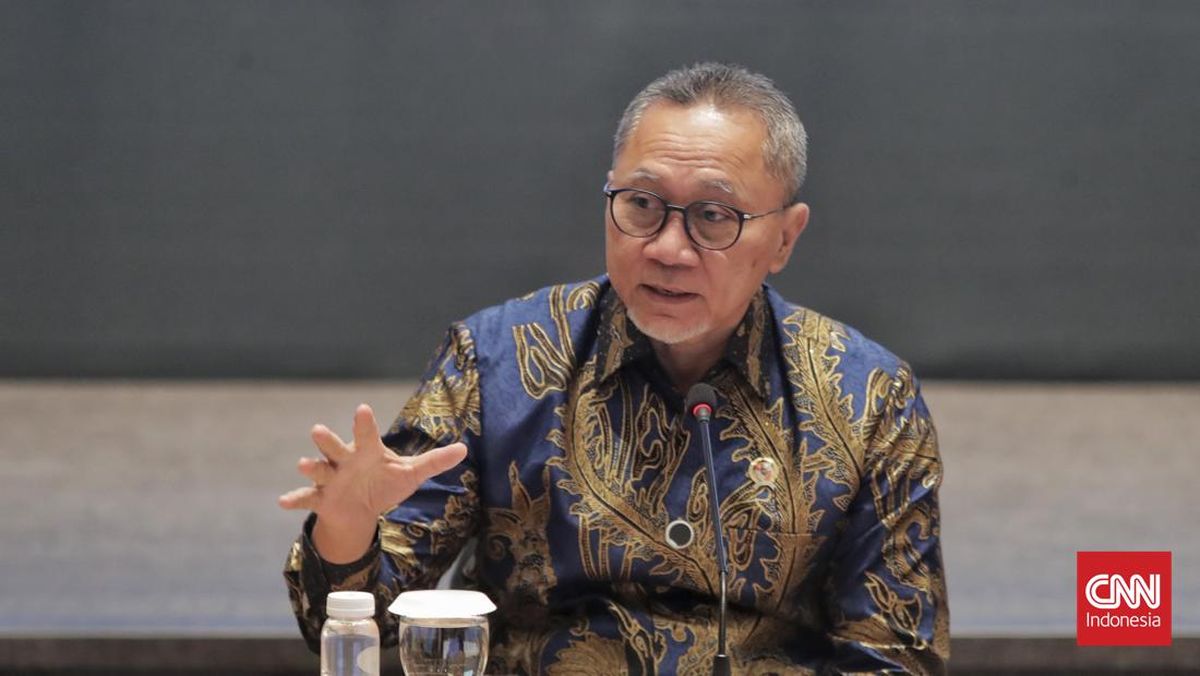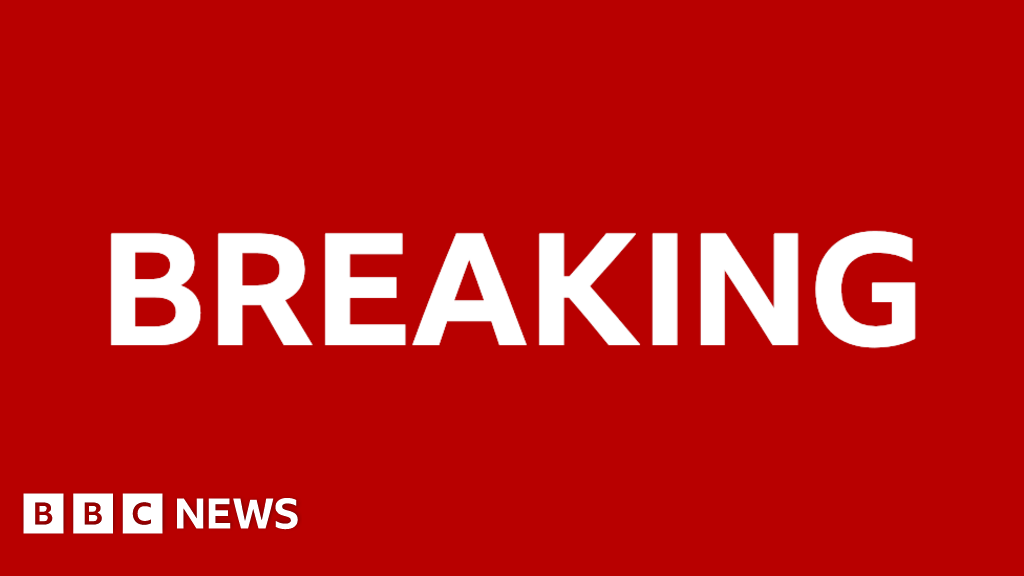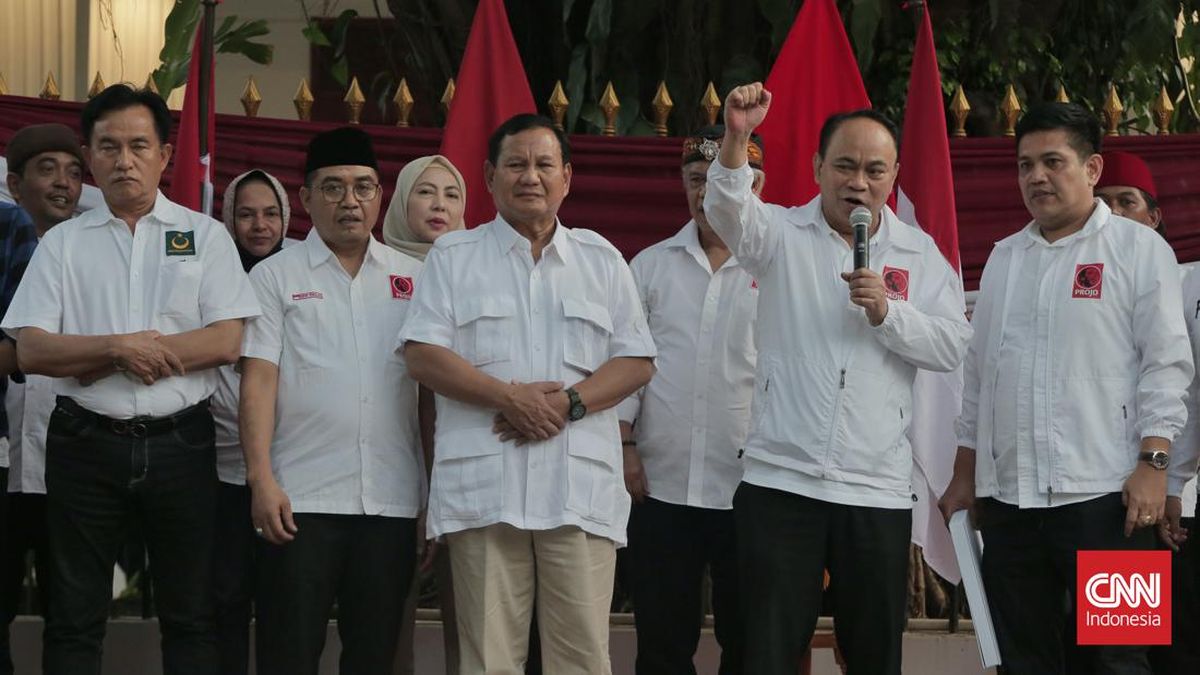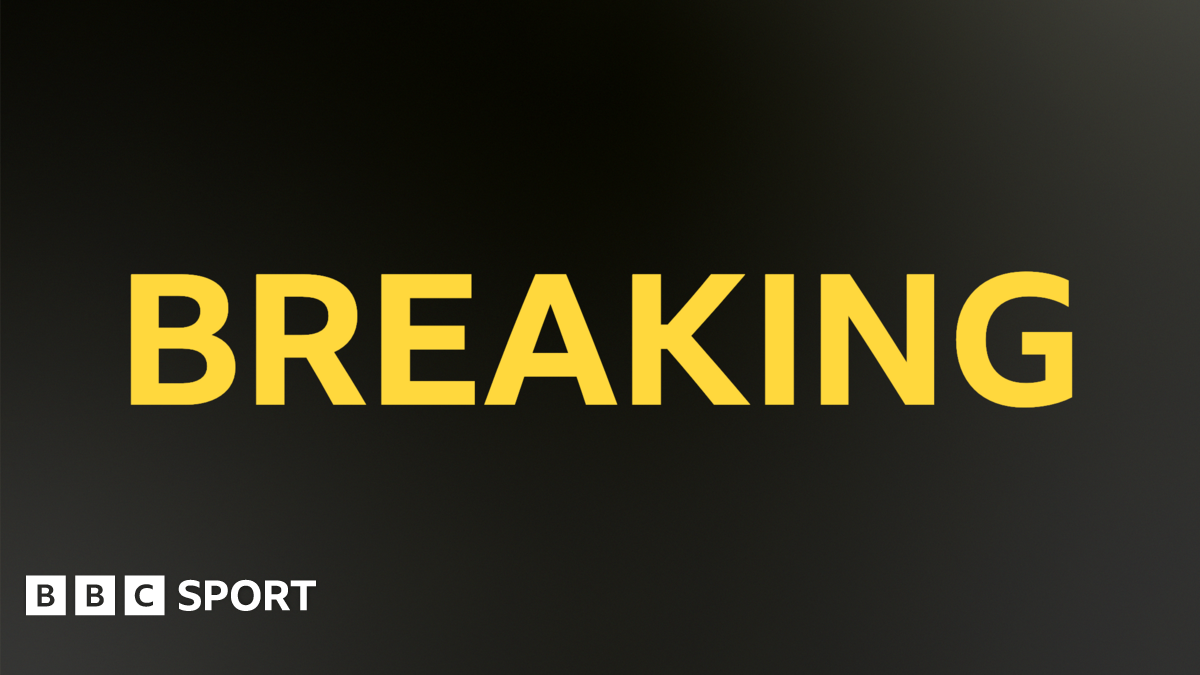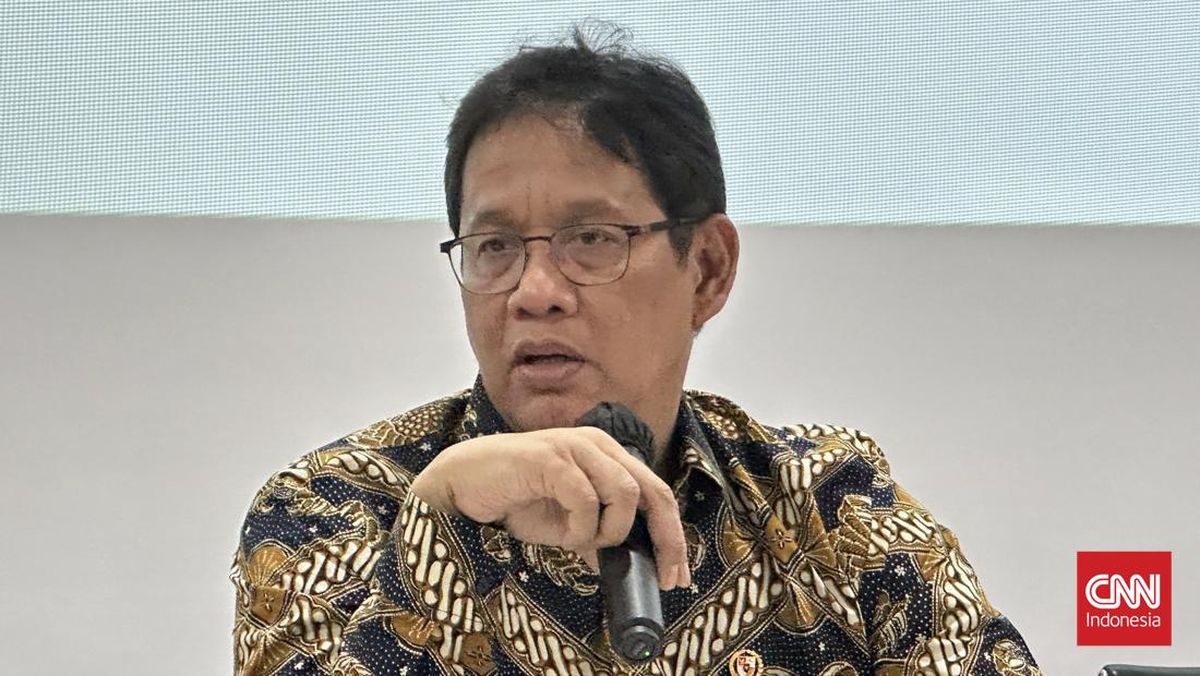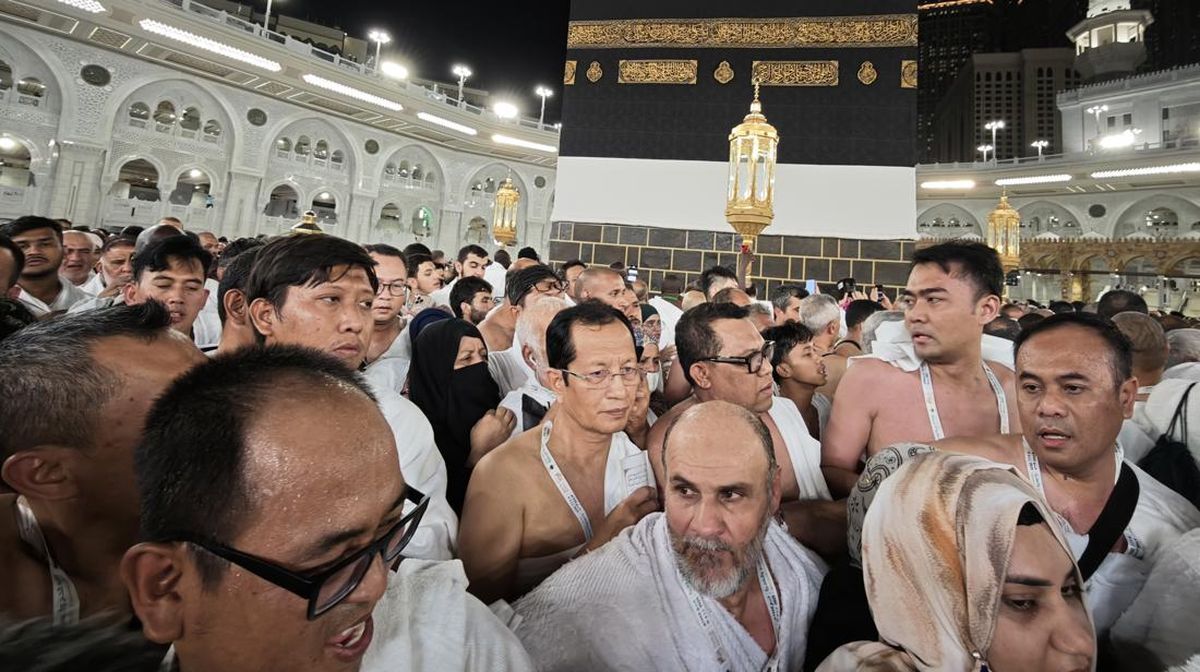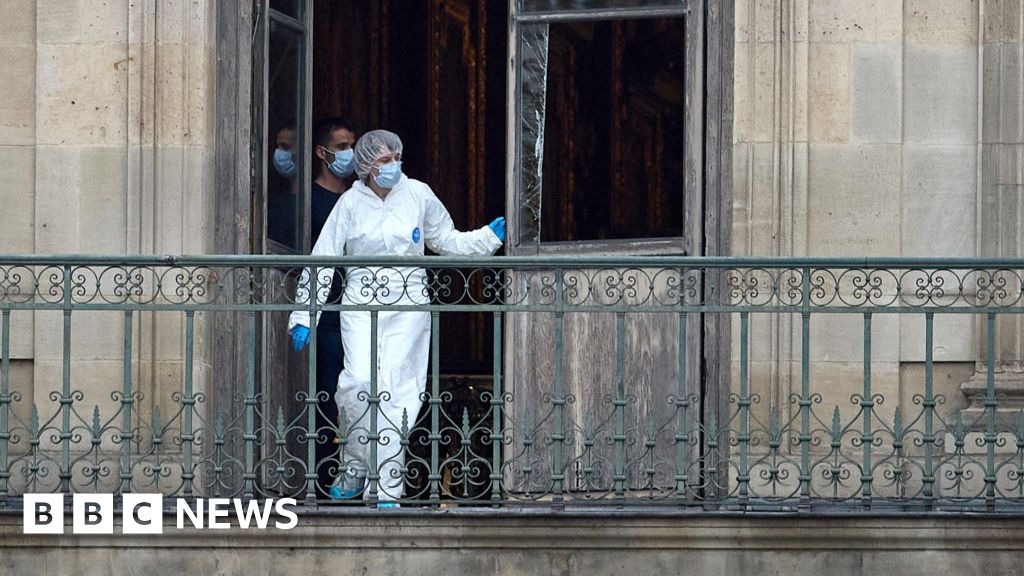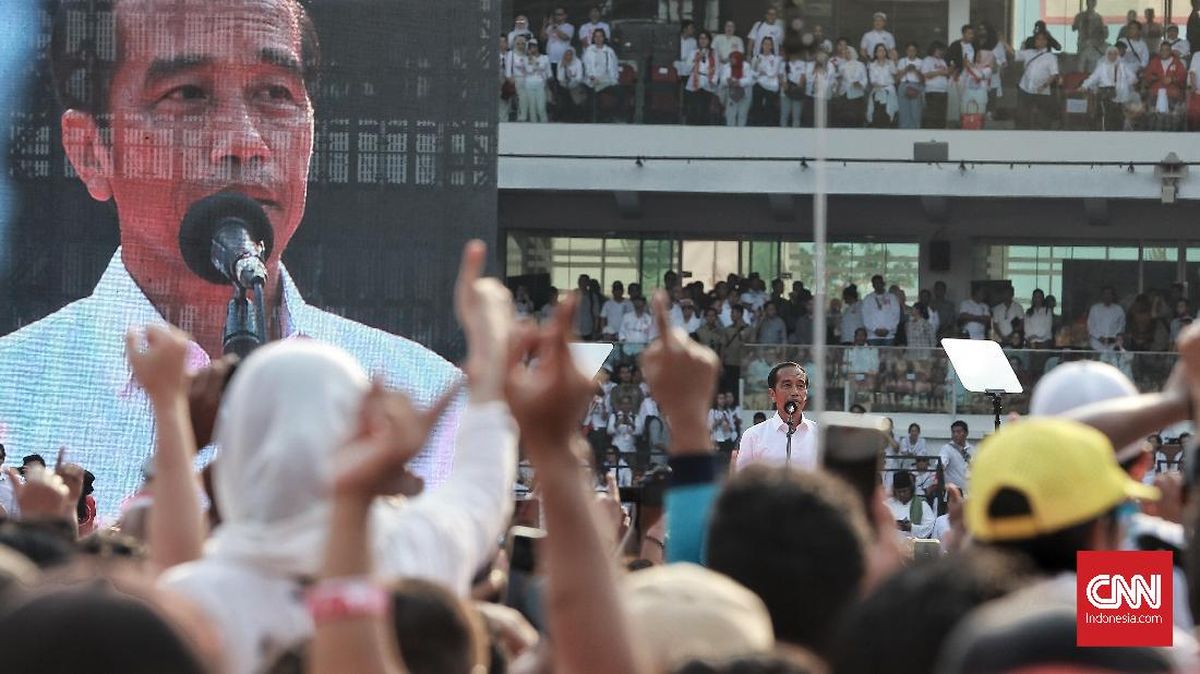What to know on Day 22 of the government shutdown:
- The government shutdown is now entering its fourth week. The Senate is expected to vote Wednesday for a twelfth time on a House-passed bill that would reopen the government as Democrats and Republicans remain at odds on Day 22 of the shutdown.
- Democratic Sen. Jeff Merkley has been speaking on the Senate floor since about 6 p.m. Tuesday to protest the president's policies, leaving the timing of Wednesday's vote uncertain.
- The shutdown is now the second-longest funding lapse in modern history, exceeded only by the 35-day shutdown in late 2018 and early 2019. Shutdowns are a relatively recent phenomenon, having only begun in their current form in 1980.
- Democratic leaders on Tuesday asked President Trump for a meeting to negotiate on their health care demands. But the president said he will only meet with them once the government reopens. Earlier in the day, Senate Republicans met with the president over lunch at the White House where they presented a united front to call for Democrats to vote to extend funding. The president said Republicans "will not be extorted" into giving in to Democrats' demands.
Sen. Jeff Merkley speaks for more than 14 hours overnight to protest Trump
Sen. Jeff Merkley, an Oregon Democrat, is speaking on the Senate floor in protest of President Trump's policies. He began speaking at 6:21 p.m. on Tuesday evening and has carried on speaking through the night.
Updated 31m agoA history of government shutdowns: The 14 other times funding has lapsed since 1980
A government shutdown occurs when Congress fails to approve funding for federal agencies. Before 1980, agencies largely continued operating during a lapse in funding with the assumption that Congress would act quickly. But in 1980 and 1981, then-Attorney General Benjamin Civiletti authored a series of legal opinions that found government agencies didn't have the authority to continue running during a gap in funding.
President Ronald Reagan oversaw eight shutdowns during his time in office, the longest of which lasted three days. There were three funding gaps between 1990 and 1995, then none until 2013.
The longest shutdown occurred from late 2018 into early 2019, which stretched on for 35 days. The 1995 shutdown lasted 21 days, which the current shutdown has now eclipsed.
Read more about the history of shutdowns here.
Senate expected to vote again on House-passed measure to reopen government
The Senate is expected to vote Wednesday on a House-passed measure to fund the government until Nov. 21.
The vote marks the twelfth attempt to advance the measure in the upper chamber. It last fell short of the 60 votes needed on Monday, winning no new support from Democrats despite the suggestion from GOP leaders that they may find more support from across the aisle after the weekend's "No Kings" protests.
All but one Republican have consistently supported the measure, along with two Democrats and one independent who caucuses with Democrats, meaning support from five more Democrats is needed to clear the hurdle. The bill has failed to gain any new votes from across the aisle since the shutdown began.
Senate Majority Leader John Thune said at a lunch meeting at the White House Tuesday that the Senate would vote again Wednesday on the House-passed measure, saying Republicans are unified on the effort to reopen the government with the bill.
"We're hopeful that this will be the week when we break out of this, and the Democrats come to their senses and decide to open up the government," he said.


